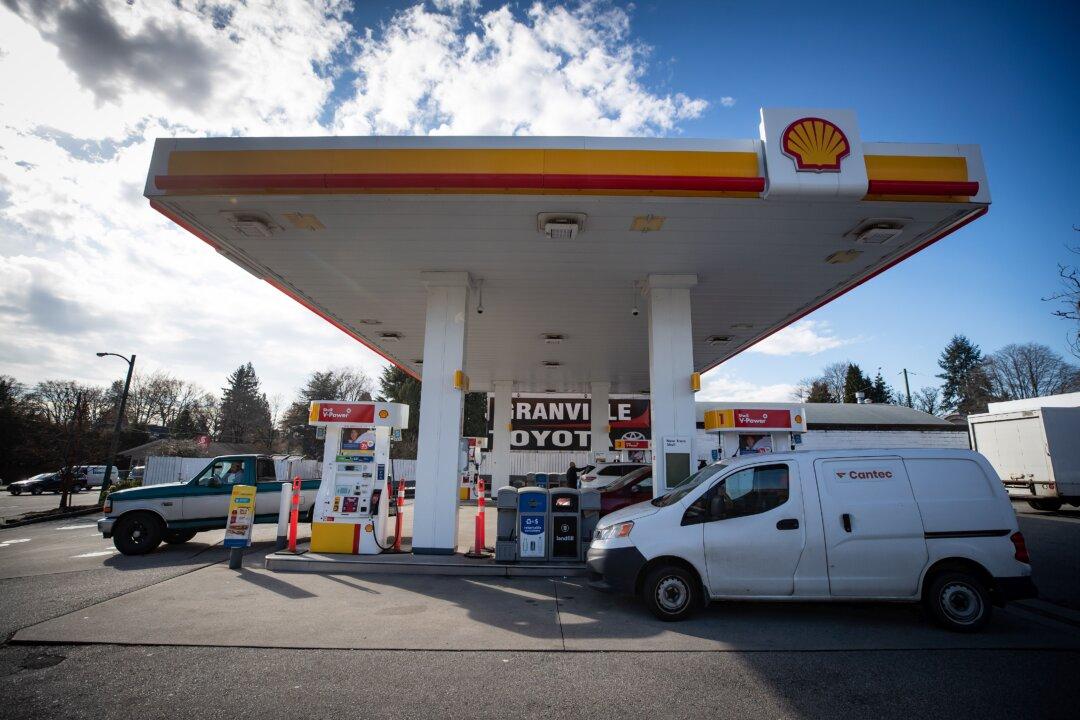Amid record-high temperatures across Canada in July, consumption and imports of electricity were the highest on record that month, according to Statistics Canada.
“Electricity exports and hydroelectric generation were the lowest for the month of July since the electricity survey was redesigned as of January 2016. British Columbia, which relies heavily on hydroelectricity, has received the least amount of precipitation to date in 2023 compared with every year since 2016,” said a StatCan analysis published Oct. 10.





